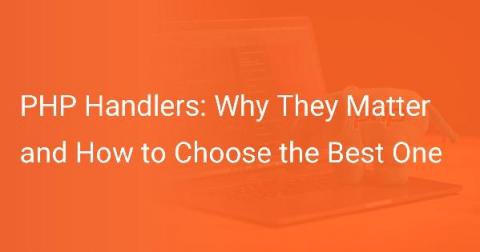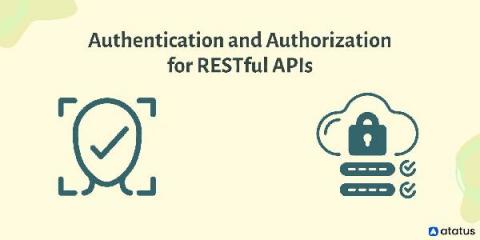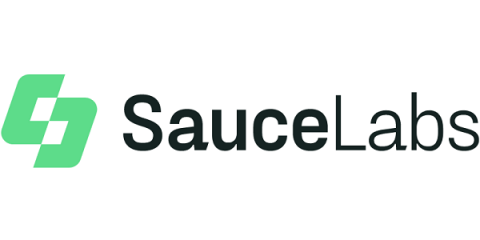Quality, cost, and speed in mobile development: can you have it all?
It's a common belief that within the quality, cost, and speed triangle, only two elements can be optimized for. But is this true? I'll show you why quality is non-negotiable, and how Bitrise helps mobile teams get the balance right.










